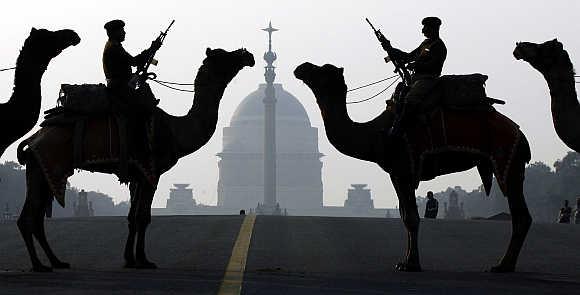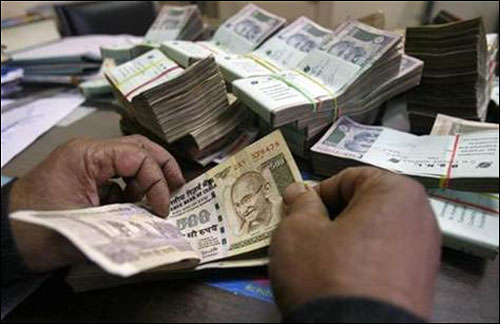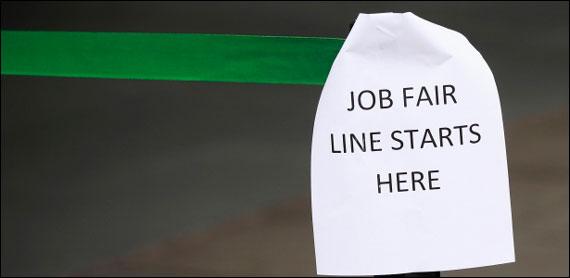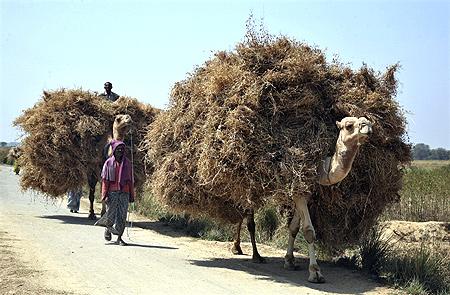
India's free trade agreement with the 10-member Association of Southeast Asian Nations, which kicked off for trade in goods from 2010, is an important building block of its Look East policy, and its efforts to integrate with a wider pan-Asian economic community encompassing China, Japan and Korea.
The decks have been cleared for negotiations for a regional comprehensive economic partnership.
At a time when the World Trade Organisation's trade talks are going nowhere, the ambition to put in place one of the world's largest FTAs, which includes three billion people and a combined gross domestic product of $17 trillion, commends itself.
India's engagement with Asean is two-decade old.
. . .

From a sectoral-dialogue partner in 1992, it graduated to a full-dialogue partner in 1995 and reached summit-level status in 2002.
A framework agreement on comprehensive economic cooperation with this grouping was concluded in 2003 and finally realised with the agreement on services in December 2012 when India hosted the 20th India-Asean Commemorative Summit. India's relationship has now been elevated to a strategic partnership -- on this journey, Avtar Singh Bhasin's meticulous documentation is a necessary and valuable reference.
India's eastward gaze acquired a firm foundation with the signing of a framework agreement for an FTA with Thailand in 2004 and a comprehensive economic cooperation agreement with Singapore in 2005.
. . .

It has also sought greater cooperation with the Bay of Bengal grouping of countries, called BIMSTEC (Bay of Bengal Initiative for Multi-Sectoral Technical and Economic Cooperation, involving Bangladesh, India, Myanmar, Sri Lanka and Thailand).
A comprehensive economic partnership agreement with South Korea and Japan is also operational from January 2010 and August 2011.
India's CECA with Malaysia is functional since July 2011.
A similar agreement with Thailand is on the anvil.
Thailand Premier Yingluck Shinawatra was the chief guest at India's Republic Day parade last year.
The occasion of her visit was used to reaffirm the commitment of both countries to conclude a bilateral CECA.
. . .

The 2nd protocol was also signed to amend the framework agreement for establishing FTA to boost bilateral trade.
However, the talks to conclude FTA in early January 2013 were inconclusive, since there were sticky and contentious issues.
The prospects are that the agreement will be signed later this year.
This flurry of signing FTAs in Asia stems in large part from India's frustration with the slow pace of integration in its neighbourhood.
Its experience has been satisfactory with Sri Lanka, with whom it signed an FTA in 1998.
Thanks to its festering problems with Pakistan, regional integration remains problematical as long as India continues to be denied the Most Favoured Nation treatment.
. . .

BIMSTEC's prospects appear alluring in this context, although not much progress has been registered so far.
With the dominance of China looming over Asia, India felt it had to defend its turf.
Such moves have prompted concerns about the shallow coverage of many of India's 13-odd FTAs in the region, "which are said to be quite liberalising when it comes to trade in goods, but quite thin and vague in services as well as new issues", argued Ganeshan Wignaraja, director-research at the Asian Development Bank Institute, who was recently in New Delhi for a presentation on emerging patterns of regional cooperation initiatives.
Only five out of the 13 agreements have a fast-track approach to tariff liberalisation.
Three comprehensively cover services.
. . .

Only two cover new issues like trade facilitation, trade and investment and trade in competition, according to his research.
India is definitely on a learning curve as its recent foreign trade agreements like CEPA with South Korea and Japan and CECAs with Singapore and Malaysia show more depth than the earlier agreements.
Although the India-Asean FTA has now acquired a comprehensive character -- the services trade agreement will be inked later this year -- it still runs the danger of being characterised as shallow owing to its thin services coverage.
Fearing India's dominance, the market access openings offered by Asean members turned out to be less than even their commitments to Australia and New Zealand.
. . .

India must, nevertheless, try to leverage the Indo-Asean FTA if bilateral trade volumes are to hit $100 billion by 2015.
A positive development on the foreign direct investment front is that Indian businesses are beginning to show greater confidence in investing in Singapore in a big way.
Malaysia is fast emerging as a major manufacturing hub for India's pharmaceutical companies for exports to Southeast Asia, according to Business Standard.
India Inc and other stakeholders can get a much better deal out of this agreement by exploring Asian economies more closely.
India Inc should study in detail the preferences in various bilaterals like the Indo-Asean FTA.
. . .

The lack of information on FTAs is the biggest impediment to Asian companies using such agreements, according to a study by Masahiro Kawai and Wignaraja.
Although India is not covered, the scenario will not be very different.
Once this process gets going, India will be in an advantageous position to harness RCEP's benefits -- negotiations for which are slated to begin in early 2013 and conclude by end-2015.
ASEAN India: Progress and Prosperity Documents, ASEAN Multilateral Division, Ministry of External Affairs, 2012, Geetika Publishers, New Delhi
Asia's Free Trade Agreements: How is business responding? Asian Development Bank, Elgar Publishers
From the Ivory Tower makes research from the academic world accessible to all our readers